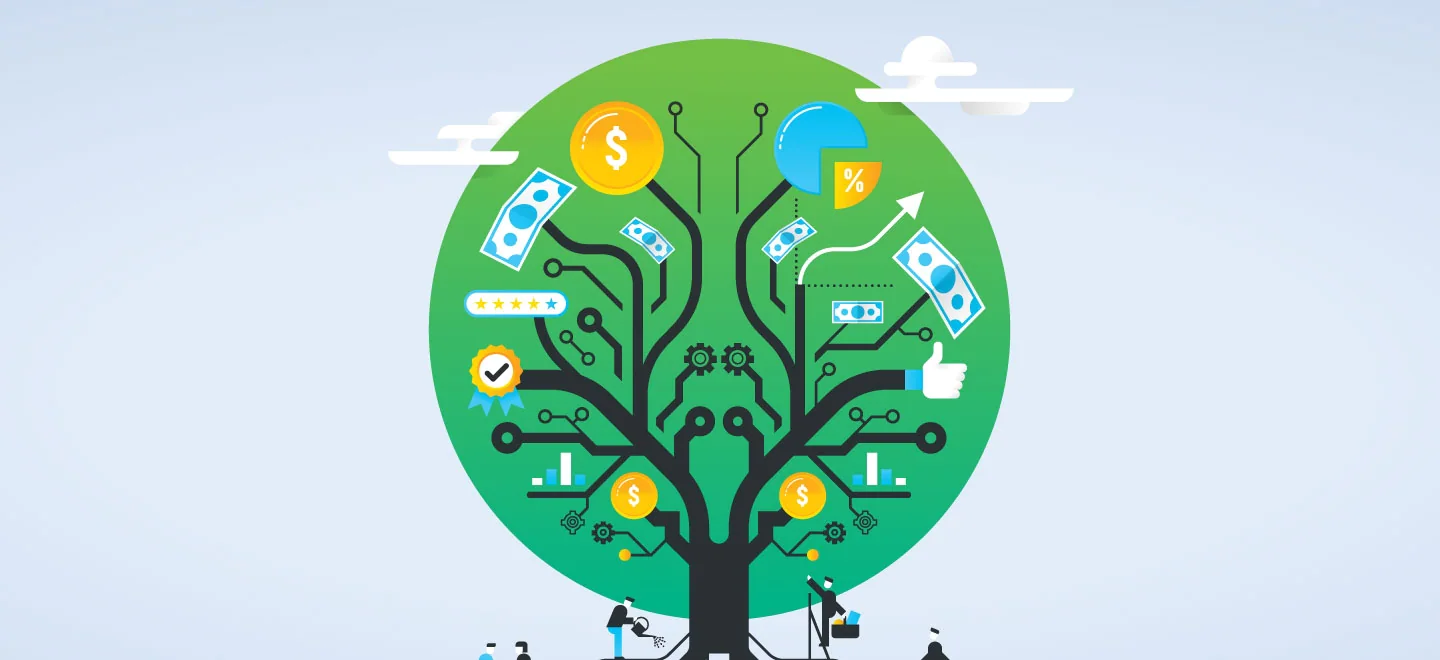How tech-driven customer experience can change how you do business? There’s one thing many entrepreneurs learned due to the COVID-19 pandemic. It’s that consumers have a significant impact on processes. During the pandemic crisis, many were able to keep their businesses by bringing them online. Some opened digital stores, while others automated their processes.

How Tech-Driven Customer Experience Can Change How You Do Business
However, the unlucky few also realized how ignoring customer feedback could put a massive dent in their bottom line. Since the pandemic only sped up the digital transformation, businesses should brace for a future driven by technology. This change is bound to stay, and listening to customer feedback can help initiate a wave of improvements that can power businesses and drive growth further.
Putting Customers at the Forefront of Your Business
Indeed, a customer-centric approach has always been the focus of many organizations. However, its actual implementation is always far from ideal. Why? Revenue.
Most businesses focus on direct revenue streams. They fail to see that investing in technology-driven customer experience is a better measure of success—one that can persist long term.
So much has changed in a customer journey. Many expect companies to adopt a digital model to serve their needs.
A 2020 Deloitte study showed that companies with higher digital maturity, meaning integrated processes and technology, report higher financial outputs.

How Tech-Driven Customer Experience Can Change How You Do Business
The same report highlighted that mature businesses earn more revenue following improved customer experience. Better customer satisfaction follows with digital transformation at the fore of their offerings. How? Through proactive adoption to the changing customer needs. And this adoption should happen now. Based on the State of Digital Business Report, 86 percent of companies should have laid down their inroads to digital transformation within two years or less to ensure they don’t lose their market share.
Tech-Driven Approach to Customer Experience
Here’s how technology can drive customer experience:
Implement a Voice of Customer Program
Responding to queries and promoting products online 24/7 is no longer enough to keep your customers engaged. You have to speak their language and dance to their beat if you want to get their attention and keep them interested in what you have to offer.
This is where a comprehensive Voice of Customer (VoC) program comes in. A detailed VoC can give your organization valuable insights into what your customers want and strategies to attract and retain them.
Listening to customers can help you, as a business, get to know possible innovations and further improvements to processes. In a way, customer feedback can guide you to invest in the future.
Act on Insights
Since most customers leave digital footprints, it has become easier for business leaders to track and measure their buying journey. Through technology, they can convert these digital footprints into structured data to analyze and gain insights into the online behavior-understanding of their journey, including their motivations for purchasing.
On top of analyzing the customer journey, insights can also help detect and patch loopholes to take customer experience to another level. Technology can help identify and resolve issues before they become major problems later on.
Be Proactive and Agile
Investing in technology has its benefits. However, you should implement it proactively. And the path to attaining such an approach is by having a flexible and agile tech environment. According to a McKinsey Global Survey, while everyone understands the concept of digital transformation concerning their processes, only 14 percent of organizations have reported actual success.
Why is this so? It’s simple. Their investments lacked the fundamental implementation aspect—providing their workforce with the needed digital tools and resources to make it work. And one of the often overlooked is the implementation and use of cloud technology.
This technology is a solution that can help decision-makers to innovate while enhancing operational flexibility and scalability. With a dedicated frontline, it’s easier to build a customer relationship using data analytics and evaluation. It’s also faster to market, allowing you to stay on top of the customer’s demands while maintaining the agility to change infrastructure needed to provide a more meaningful customer experience.
Don’t Forget the Human Touch
Going all digital on your strategies does not mean that your operations would lack the most vital aspect of communication—the human touch. While customers want speedy responses and tech-oriented processes through automation, they also want businesses to treat them uniquely by personalizing their customer experience.
But personalization is a lot different now. It’s more than just knowing your customers’ names. Business owners should go above and beyond. They have to target their messages based on their real-time activity and where they are in their buying journey. Such a personalization approach ensures higher impression, engagement, and conversion rates.
Aim for Positive Customer Experience
Customers have different preferences in a highly digital world, but it centers on having a positive customer experience. And it’s up to organizational decision-makers to ensure they have the right technology, programs, tools, and resources to ensure their approach remains agile, proactive, and personalized across all channels.

Founder Dinis Guarda
IntelligentHQ Your New Business Network.
IntelligentHQ is a Business network and an expert source for finance, capital markets and intelligence for thousands of global business professionals, startups, and companies.
We exist at the point of intersection between technology, social media, finance and innovation.
IntelligentHQ leverages innovation and scale of social digital technology, analytics, news, and distribution to create an unparalleled, full digital medium and social business networks spectrum.
IntelligentHQ is working hard, to become a trusted, and indispensable source of business news and analytics, within financial services and its associated supply chains and ecosystems









